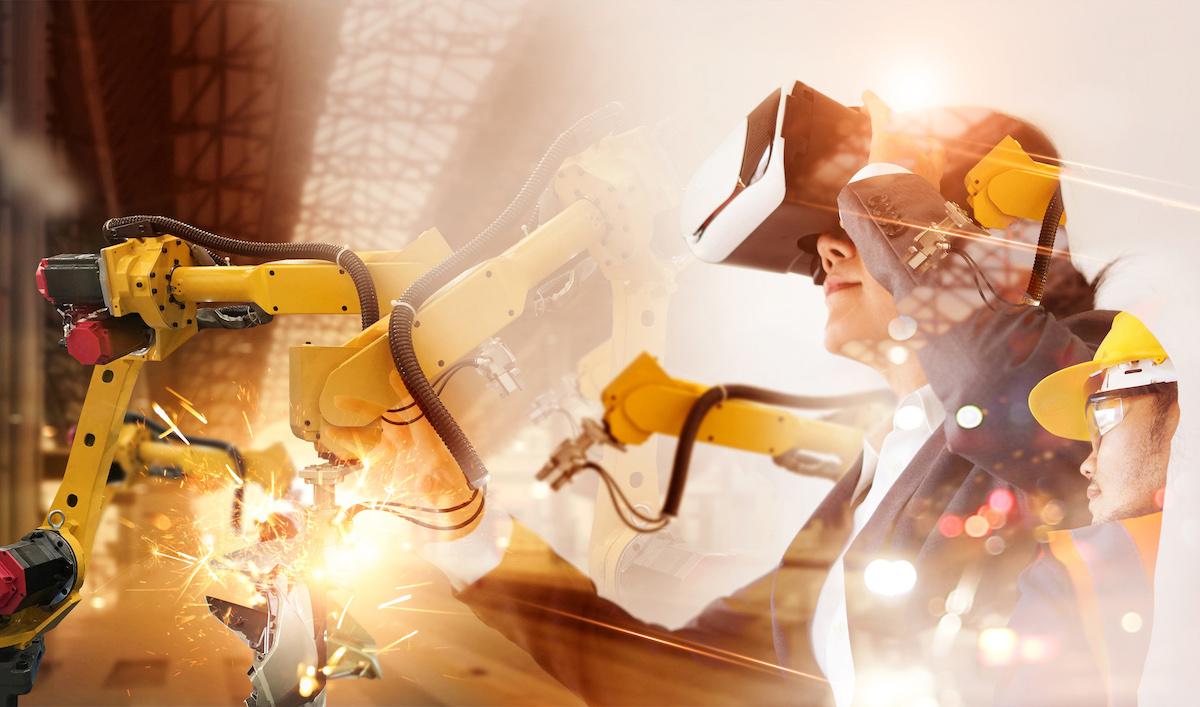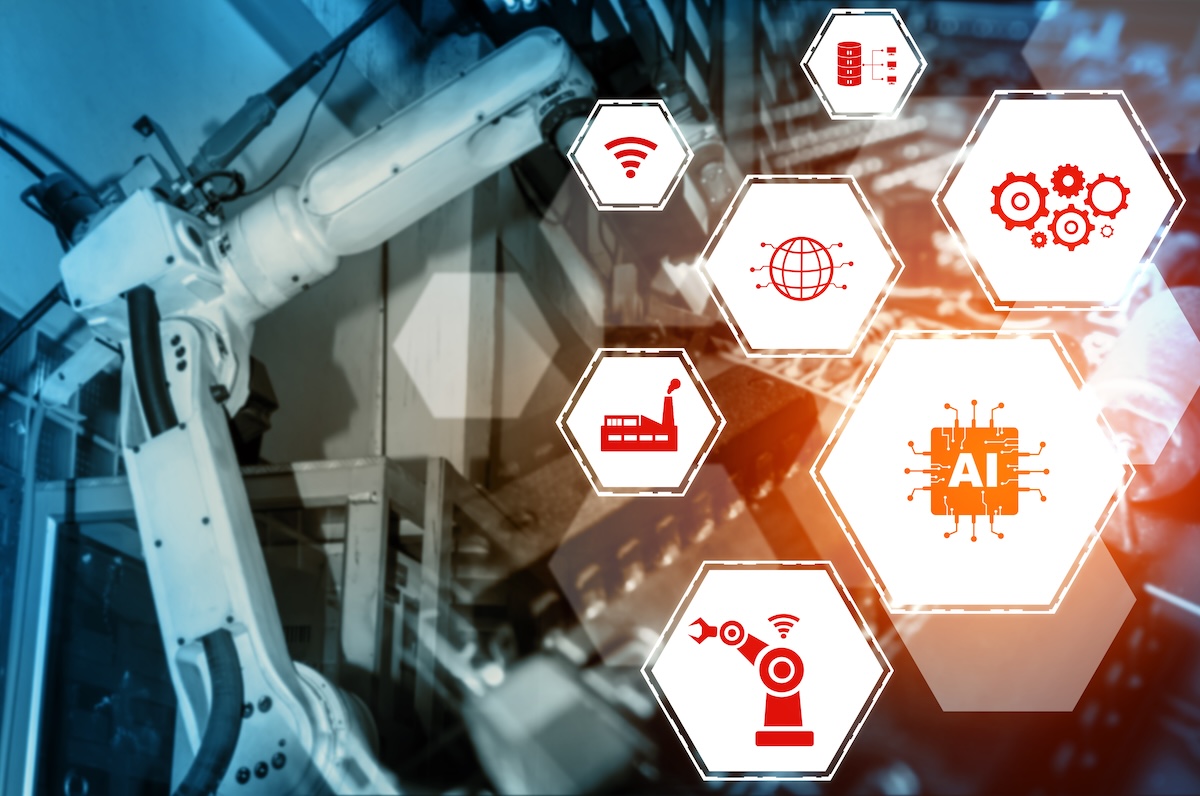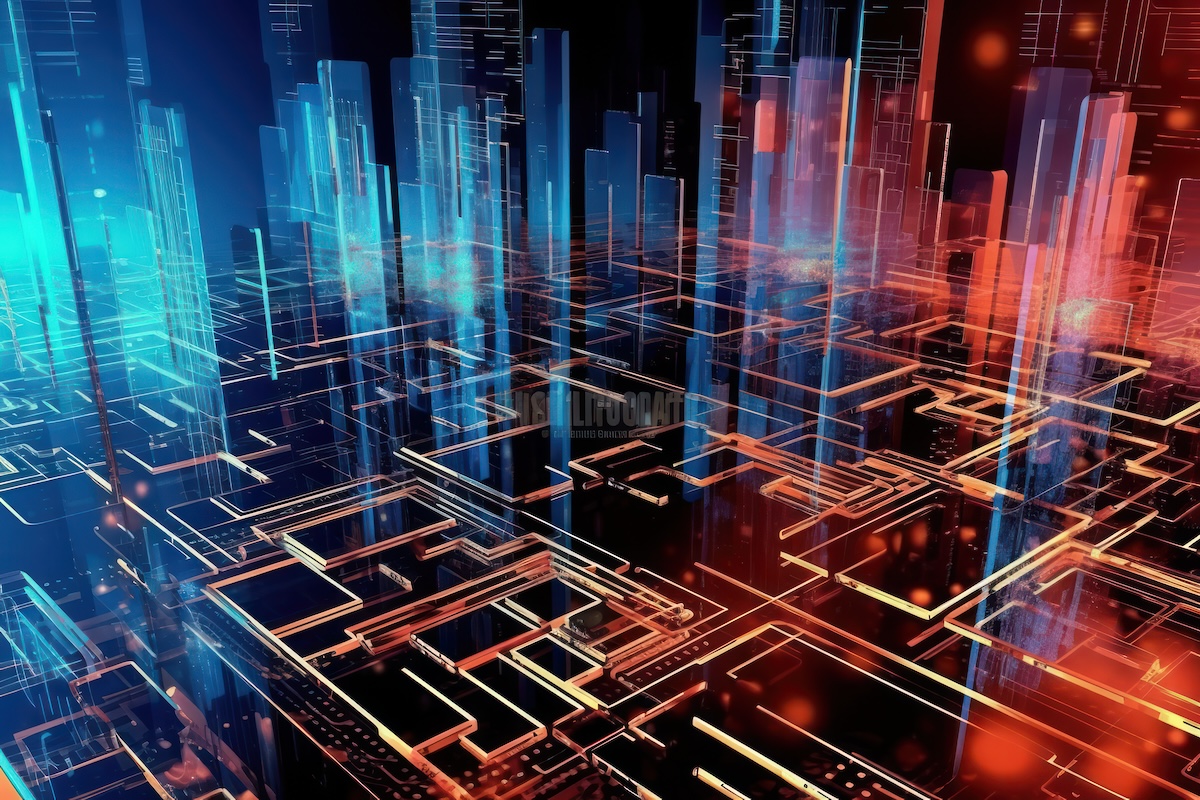Industrial metaverse – a way to make more sense of IoT systems
The term ‘metaverse’ first came to my notice when Facebook changed their name to ‘Meta.’ This led to a fair amount of ridicule when Facebook released some very flat-footed promotional videos, and it prompted a lot of “eye rolling” here in Silicon Valley. There was even a brilliant send up by the Icelandic tourist board (instead of the metaverse, come to actual reality), which was comedy gold. However, a few months later I was explaining what WE do here at UrsaLeo, and I got the response, ‘Oh you’re an Industrial Metaverse company.’ It seems the term ‘Industrial Metaverse’ will become a commonly used moniker, all of a sudden, it’s everywhere, so what exactly do we mean when we use this term?
The Metaverse is commonly seen as shorthand for a range of converging technologies. Very broadly, I would say the following all have a role to play in a metaverse application:
• A digital representation of an environment, typically held in the cloud, although I suspect there will be ‘on premise’ implementations as well (remember Intranets?). Gaming technology is particularly well suited to rendering these environments
• The ability to collaborate in that environment. In ‘the metaverse’ we can all have cute avatars to ‘meet’ each other, in an industrial setting that doesn’t seem necessary. However, being able to collaborate in 3D environments through voice, chat, on screen annotations is especially useful
• The use of XR technologies – VR in consumer but typically AR in industrial settings. AR still has not revealed its full potential in my opinion, the hardware needs to get more powerful, there needs to be better network capability and exact use cases need to be defined. But training, remote maintenance – these things could clearly benefit from AR technology. Apple glasses are widely rumored, and network bandwidth delivered by 5G is now a reality. I think in the next couple of years this stuff will come to the fore.
• Real-time data displayed in the environment derived from several sources such as IoT, asset and maintenance databases. Industry 4.0 (IIoT, SCADA, etc.) has been around for a couple of decades. The problem has always been how to effectively use and visualize that data. Being able to quickly access context driven documents also seems like an obvious use case.
• Ways to visually enhance that data to make it more useful. If I look at 2,000 energy usage data points, it’s ridiculously hard to pick our trends and ‘tune’ such a system. Adding visualizations can solve this problem – think of looking at a pointillistic painting, examining it dot by dot reveals nothing but stand back and the image becomes obvious
So, I see the industrial metaverse as a way to enhance existing technologies – make more sense of IoT systems, retrieve relevant documents more easily, collaborate with remote personnel without having to travel. I don’t expect to be unleashing a fox avatar in the industrial IoT space anytime soon, but I do think a lot of companies will want to add Industrial Metaverse features to their existing products.
We’re working with companies in the building, water, and energy spaces to add metaverse features right now. It is coming and it’s going to make a stark difference, so get ready!



